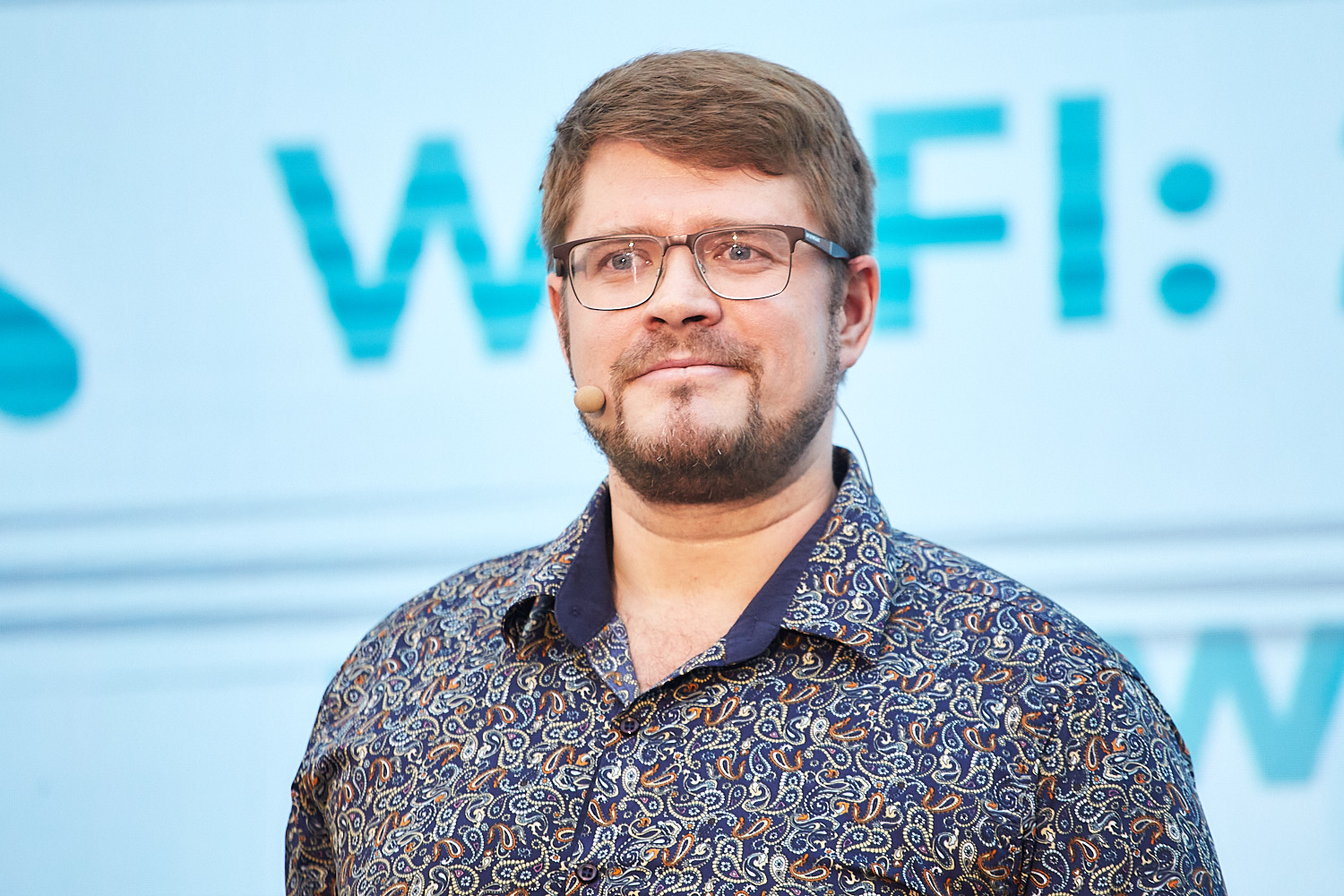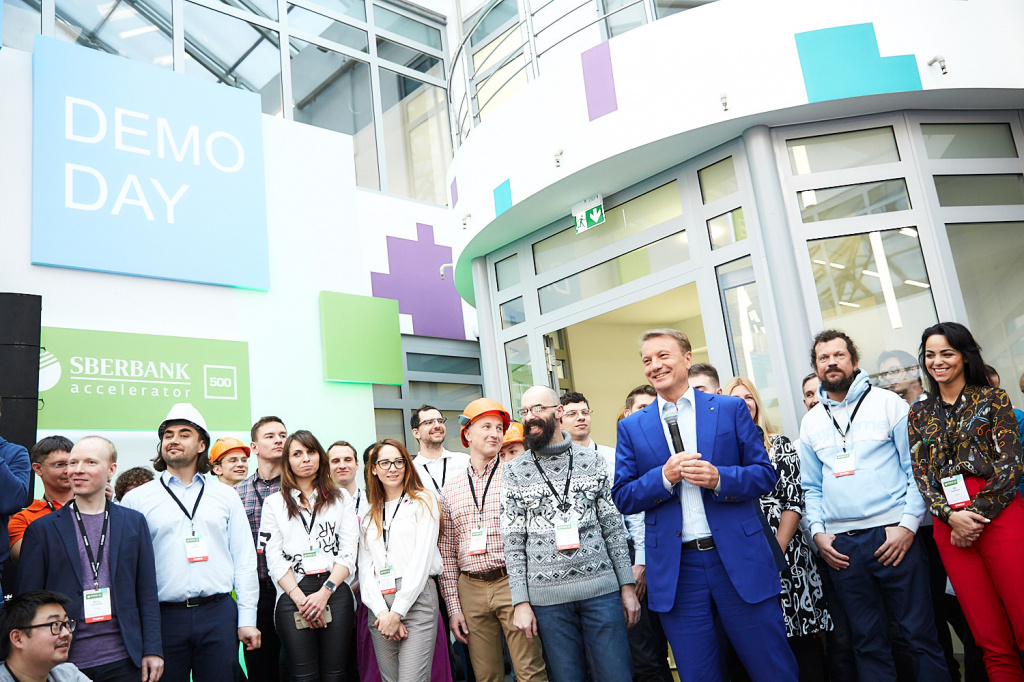News
13.05.2019
Accelerator from Sberbank, or how to take less lumps in startups

The first wave of Sberbank accelerator and 500 Startups is over. The Moscow part ended in February. In May, seven teams will go to Silicon Valley for training.
The task of the accelerator is to make startups through the stage of formation and “taking lumps” as quickly as possible. As a rule, it takes one to two years. However, under the guidance of mentors and specialists who generously share their experience and knowledge, this path can be passed with less losses.
The overall strategy is to motivate founders to create more viable projects and quickly give up hopeless ideas.
Why Silicon Valley?
Despite the fact that there are a large number of talented IT specialists in Russia, they still lack compatence in business implementation of ideas.
The accelerator and the fund 500 Startups, in their turn, have advantages over other programs as they make investments around the world. Thanks to it, they were able to provide Russian startups with not only expert review, but also with important international contacts. 
Last year, 500 Startups became leader in the number of transactions in the early stages of development and took the second position in the number of exits.
Principles of selection
Sberbank started receiving applications in August. Its main task was to b find new companies to replenish the bank's ecosystem. In just two months, startups had to be checked for market demand. At the same time, not only Sberbank had to enter networking. Therefore, other Russian corporations were invited, among them S7, Rostelecom, Auchan, Magnit, and others. It also invited investment funds, such as RTP Partners, Orbita Capital, AD.RU.
The selection was made on the following pattern:
· Analysis of applications, interviews with teams.
· Selection of potentially interesting Ecosystem projects, competency assessment.
· Collecting opinions from corporations and foundations
Based on the points received, 30 teams were selected. They took part in the accelerator. It started working on November 26.
Business model
The accelerator quite often allows you to change the overall approach to the project. For example, the company Yorso decided instead of supplying fish to a large number of small firms to focus on large customers. Airbnb teamcompletely reformatted the project to fit vacation rental.
Entering the international market
Many Russian manufacturers often focus exclusively on domestic consumers. For example, ViewApp team offered a mobile service that protects insurers from scammers. Thanks to the tracker, the team managed to find a similar product in the USA, and now they are trying to find customers in this foreign market.
Brand promotion
Here it is very important to take into account two points:
· Correctly describe the essence of the project;
· Use brand power.
As for the first point - pay attention to the words you use. They should be not only understandable, but also interesting to a potential investor.
In addition, within the framework of the accelerator, it makes sense to use the power of Sberbank and 500 Startups. Initiatives presented in this project will at least attract attention.
To enhance this effect, teams had the opportunity to present themselves during the Demo Day. This is a special event where products could be presented to representatives of large corporations. They had the opportunity to become team mentors in order to subsequently adapt the startup project to their own interests and needs.
According to the results of the Demo Day, some of the proposals turned into pilot projects. In some cases, cooperation agreements were concluded.
Next step
Currently, the seven best teams are getting ready for a trip to Silicon Valley, where they have to go through the second stage of acceleration - the Silicon Valley Exchange Program. Their task is to attract attention of American companies and investors.


